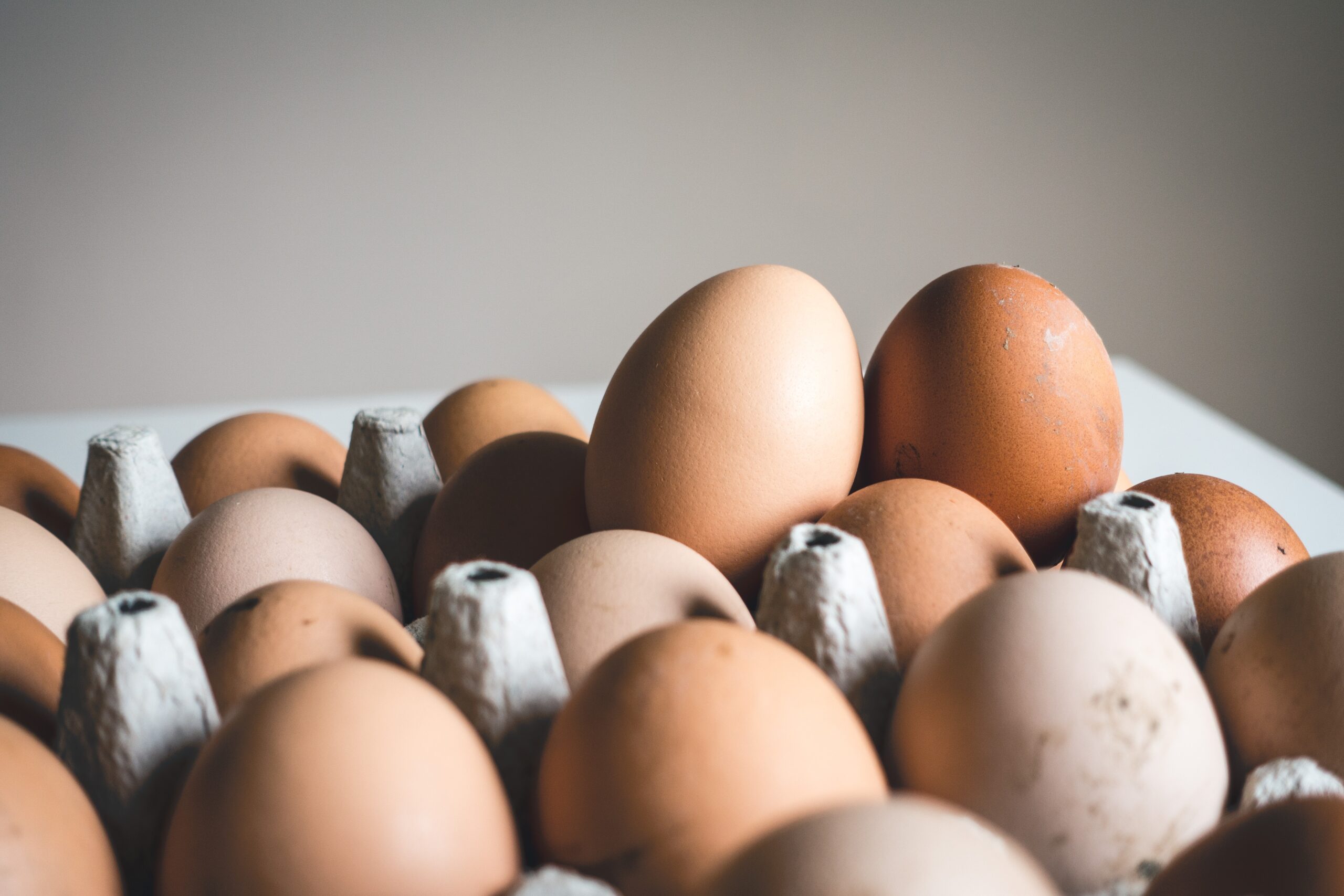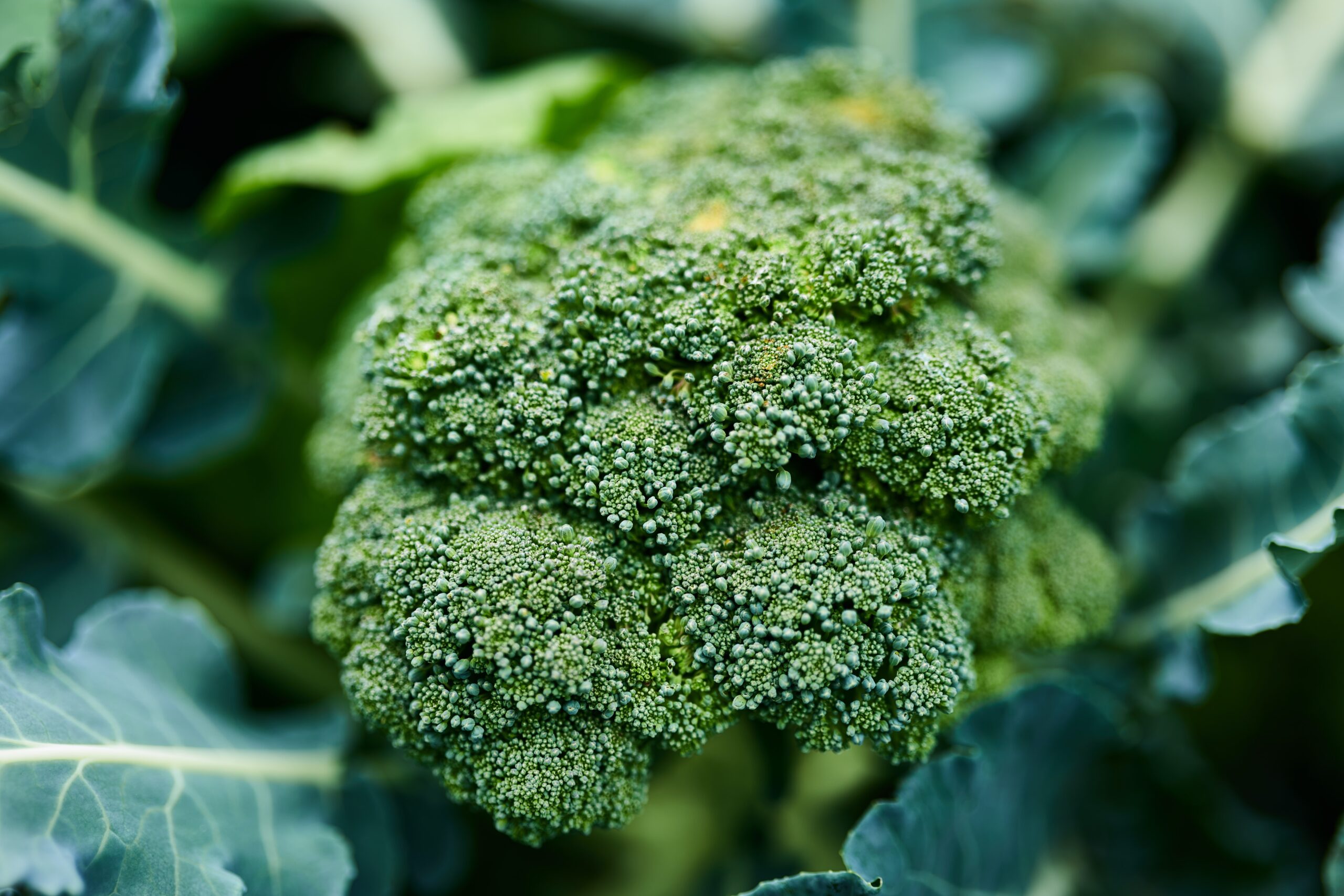
Understanding the Basics of Blood Sugar
It is estimated that 88 percent of the U.S. population has some degree of metabolic dysfunction—which ultimately results in elevated levels of chronic disease. Understanding the basics of metabolism and blood sugar balance is a great place to start to improve metabolic health.
Blood sugar or blood glucose is literally the amount of glucose that is found in the blood at any given time (and this is constantly changing depending on meals, activity, stress, sleep, microbiome, and so forth). Glucose can come from many sources, including our food (galactose, fructose, lactose, sucrose, or starch, which all are ultimately broken down to glucose), during fasting from stored glucose (called glycogen, primarily found in the liver and muscles), or through breaking down protein or fat (gluconeogenesis).
When we ingest carbohydrates, they are broken down into sugars and starches that are then further broken down to glucose, which is carried in the blood to the body’s cells where it is again broken down further and used for energy (also known as ATP). When there is excess glucose in the blood, to avoid damaging the cells, the hormone insulin (produced by the pancreas) comes to the rescue to store glucose.
There are long-term consequences if the amount of glucose in the blood remains elevated such as:
- Damage to blood vessels (cardiovascular disease and retinopathy)
- Nerve damage (neuropathy)
- Kidney damage
- And more (inflammation, oxidative stress, glycation, and so forth)
Cardiometabolic Health (Blood Sugar + Heart Health)
Often, when speaking of our heart health and cholesterol levels, it is assumed that cholesterol all comes from dietary fat intake. However, carbohydrates play a role in cholesterol production, too!
When storing excess glucose short-term, glycogen is produced (mostly in the liver and muscle tissue); however, longer-term storage is in the form of triglycerides in adipose tissue. In addition to moderating carbohydrate consumption, the elimination of alcohol consumption has been shown to reduce triglyceride levels by up to 80 percent. Elevated triglyceride levels can raise the risk of cardiovascular disease independent of cholesterol levels.
Excess saturated fat in the diet may also impair the function of insulin receptors on cells, which ultimately leads to higher blood sugar levels.
Balance Stress to Balance Blood Sugar
As mentioned above, stress can have a significant impact on blood glucose levels. When under stress, cortisol (as well as other hormones) become elevated. These hormones are normal and healthy if a bear is chasing you and then it stops and you can recover; but, unfortunately in our modern world, we are encountering different forms of stress throughout the day without taking the time to recover, resulting in chronic elevations of stress hormones.
Chronically elevated cortisol:
- Diverts blood from the digestive tract (poor digestion)
- Increases blood glucose to provide muscle cells with more energy and decreases insulin production to prevent glucose from being stored
- Causes the body to live in an insulin-resistant state
- Increases food cravings because high blood glucose + low insulin = cells are starved of energy
- Because the glucose that is there can’t get in, hunger signals are sent to the brain, which is often associated with increased food cravings during periods of chronic stress.
- Reduces inflammation but, in doing so chronically, can cause immune suppression (more colds, more food allergies, increased GI issues because GI and immune systems are closely linked)
- Increases blood pressure (increased risk of heart disease)
- Disrupts the sleep/wake cycle (poor sleep may contribute to less healthy food choices, less resilience to stress, less daily movement, increased blood pressure, and heart disease)
A Mindful Moment Before Eating to Balance Blood Sugar
With continued research on blood sugar responses to food, it is becoming more apparent that each of us has an individual and unique response to the foods we eat (for many of the reasons listed above). This is where mindful eating can come in: taking time before eating, to shift out of the “fight or flight” sympathetic state (where cortisol is high), and instead take a few slow deep breaths (I like to breathe in for five seconds, out for five seconds, and repeat three to ten times).
Feel your feet on the floor, take a moment to look at your plate, notice the colors and scents, and feel grateful for the meal you are about to consume. Just taking a moment to pause will change your digestion as well as your blood sugar response. Make sure that, while eating, the mindfulness continues. Put down the phone, step away from the computer, and turn off the TV. No heated conversations. Instead, just focus on the present moment and enjoy the food that you are consuming.
After eating if you are able, take a gentle walk outdoors for ten to fifteen minutes to further help improve your blood sugar response (your body utilizes fifty times more glucose from the blood when moving vs. sitting still), improve digestion, and reduce stress.
Movement Matters
Not only is at least 150 minutes of moderate aerobic movement (60-70 percent of MHR (200 – your age)) per week important for balancing blood sugar, but it is also important to move your lymph to help support cardiovascular health. The body removes excess cholesterol from the body’s tissues by transporting it through the lymphatic system back to the liver for excretion in the bile into the intestines—some of which will be reabsorbed and some of which will be eliminated in the stool (more on healthy bowel movements in the next section!).
One of my favorite ways to move the lymph (and improve balance and coordination) is by using a rebounder. You may also consider dry brushing, regular enjoyable movement, and lymphatic drainage massage.
In addition to moving the lymphatic system, regular moderate movement helps to increase the number and function of the mitochondria in your cells. Mitochondria utilize stored glucose and fat to provide energy (ATP) for your cells. The mitochondria’s ability to switch between using glucose and fat for energy is metabolic flexibility and increases as the number and quality of mitochondria increase. Regular movement also helps to increase mitophagy (getting rid of old or malfunctioning mitochondria), which is important because the suboptimal function of mitochondria has been associated with insulin resistance.
Strength training (approximately three times a week) is also beneficial for cardiometabolic health as muscle is one of the primary ways that glucose is utilized from the blood. Strength training can help lower blood glucose levels and lower insulin resistance.
Fiber first
Fiber is not sexy, but it should be. It’s one of the most important parts of our diet for metabolic health—and vegetables are my absolute favorite source of fiber!
Although fiber is technically counted as a carbohydrate (see a nutrition label), it can’t be broken down and absorbed like other carbohydrates, so it can help slow down the absorption of glucose (from sugars and starches) and reduce the overall blood sugar spike associated with a meal. This is sometimes why you may hear discussion about “net carbs” (total carbohydrates – fiber = net carbs).
There are two main types of fiber:
- Soluble fiber:
- Dissolves in water and forms a gel-like substance in your stomach, which slows down digestion. Soluble fiber helps to control blood glucose and cholesterol, which may help prevent or manage diabetes.
- Vegetable sources: Brussels sprouts, sweet potatoes, turnips, carrots, and broccoli
- Insoluble fiber:
- Does not dissolve in water and typically remains whole as it passes through the digestive tract. Insoluble fiber supports insulin sensitivity and regular bowel movements.
- Fruit and vegetable sources: cauliflower, green peas, leafy greens, apples (with the peel), and blackberries
The glycemic index is a scale from 0 (low) to 100 (high, pure glucose) that helps to gauge how much a food is likely to impact blood sugar. Foods that contain more fiber in their natural form are likely to be lower on the glycemic index. The glycemic index does not tell us the whole story though; that’s why it’s also important to consider glycemic load.
The glycemic load = ((glycemic index) x (grams of carbohydrates per serving)) / 100.
The glycemic load is:
- High = ≥20
- Intermediate: 11-19
- Low with GL≤10
It is interesting to note that how a food (such as a sweet potato) is prepared also has an effect on how it affects blood sugar (boiling a sweet potato and eating it with the skin has the lowest glycemic impact).
Sugar Cravings and Crashes
Ultra-processed foods are often designed to trick our brains and create cravings, and they contain up to 90 percent of the added sugar we consume from food. Plus, large fluctuations in blood sugar can create cravings. The larger the blood sugar spike following a meal, the more significant the drop following the spike. This drop then triggers the body to think it again needs glucose, which results in greater hunger following this experience.
Avoiding large fluctuations in blood sugar is key to reducing sugar cravings. If craving sweetness, consider foods that in their whole form are naturally sweet instead of reaching for artificial sweeteners. Naturally sweet vegetables like sweet potatoes, carrots, parsnips, and fennel are packaged by Mother Nature along with fiber (plus vitamins, minerals, and phytonutrients) to help avoid the blood sugar rollercoaster that can lead to cravings and crashes.
Balance (Macros)
On average we eat ten times more sugar today than we did one hundred years ago.
There are endless dietary recommendations out there and, as we learn more about nutrition, it becomes evident that personalized recommendations are necessary because everyone has a unique set of factors that influence how their body responds to specific foods. (If you doubt this, try wearing a continuous glucose monitoring (CGM) device along with a friend or family member; it’s incredible how you can eat the same thing and have a different response).
Generally speaking, creating balanced vegetable-forward meals is helpful for maintaining blood sugar balance and avoiding blood sugar spikes (ideally seeing less than a 30 mg/dL rise in blood sugar with each meal).
Here are a few of my favorite tips:
- Focus on whole, unprocessed foods (ie., fruits, vegetables, legumes, nuts, and seeds).
- Pair carbohydrates with fat and/or protein (think sweet potato with nut butter and pumpkin seeds).
- Whole foods containing fats (ie., olives, avocado, nuts, seeds, coconut) have minimal impact on blood sugar and make great snacks.
- Eat your vegetables! Check out our selection of low-carbohydrate vegetables that are also a rich source of vitamins, minerals, and phytonutrients.
- Enjoy your salad first with vinegar and high polyphenol cold pressed extra virgin olive oil dressing (extra bonus: add mustard and crushed garlic) to provide fiber and receive the benefits of greens for digestion and vinegar and olive oil for an improved glycemic response.
- If not having a salad, consider drinking an eight ounce glass of filtered water with one tbsp of organic raw unfiltered apple cider vinegar prior to your meal (I like to add a dash of cinnamon to this!).
- It matters how food is grown. This is true for meat (consider if the animal is eating a diverse natural diet) as well as vegetables (without synthetic inputs in healthy soil). J.I. Rodale said it best: healthy soil = healthy plants = healthy people!
I’d love to hear from. you! What are your favorite ways to balance blood sugar?


